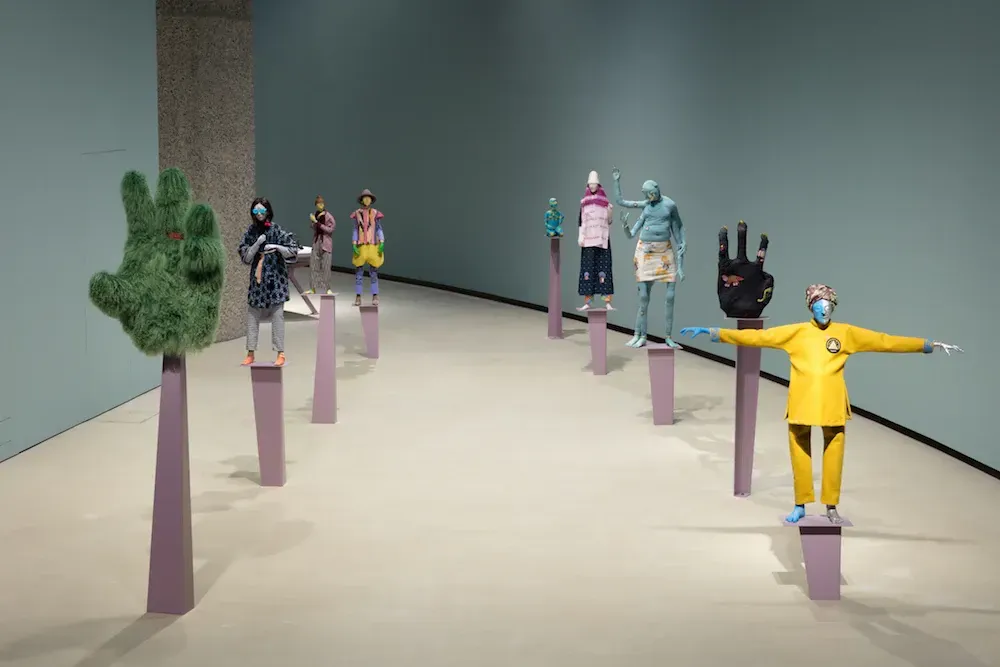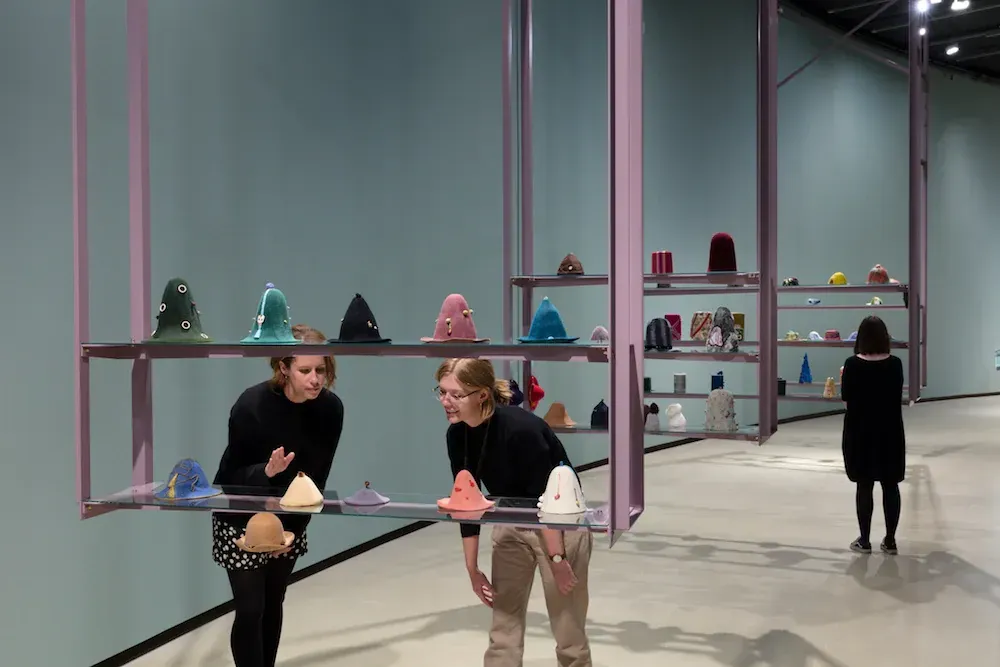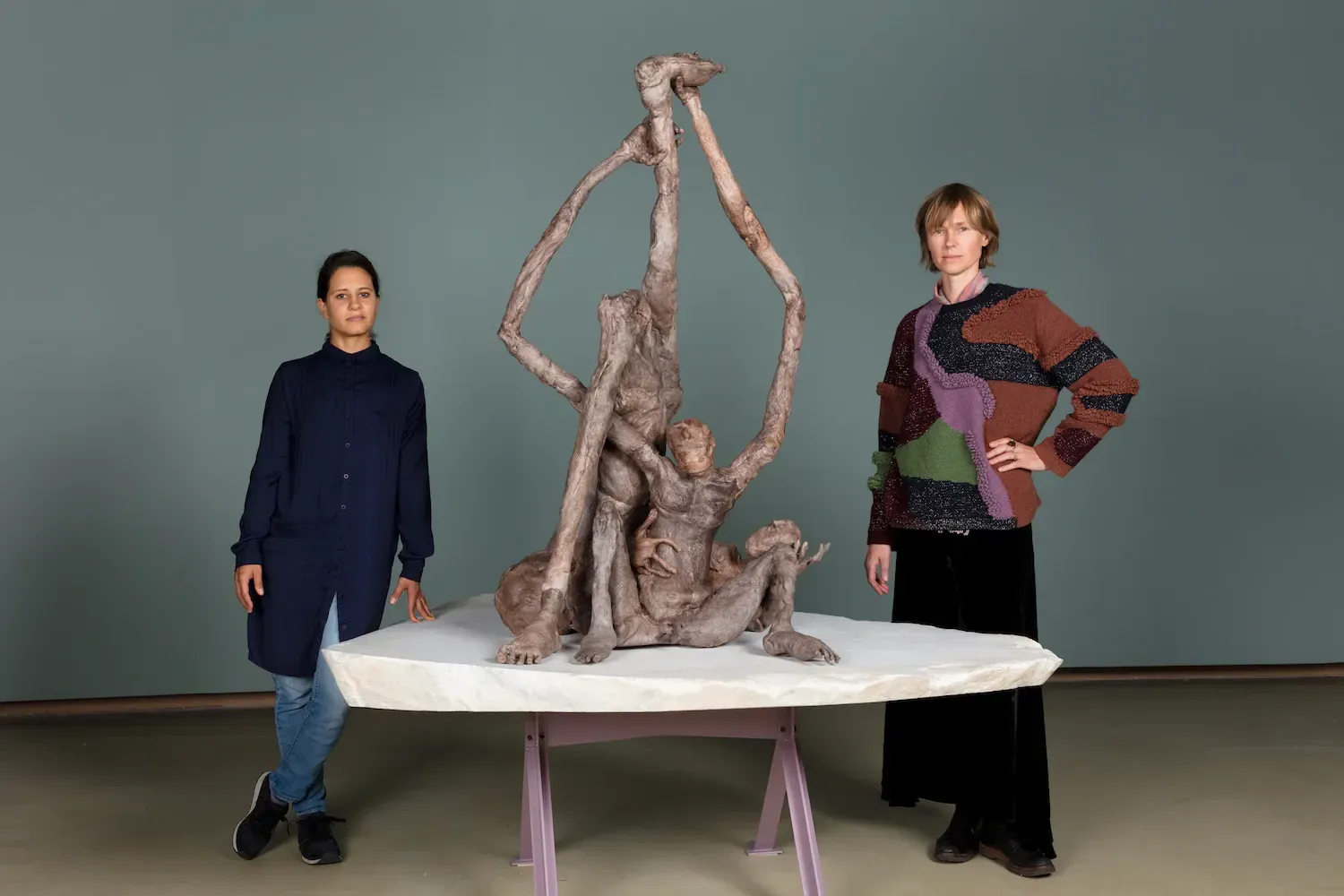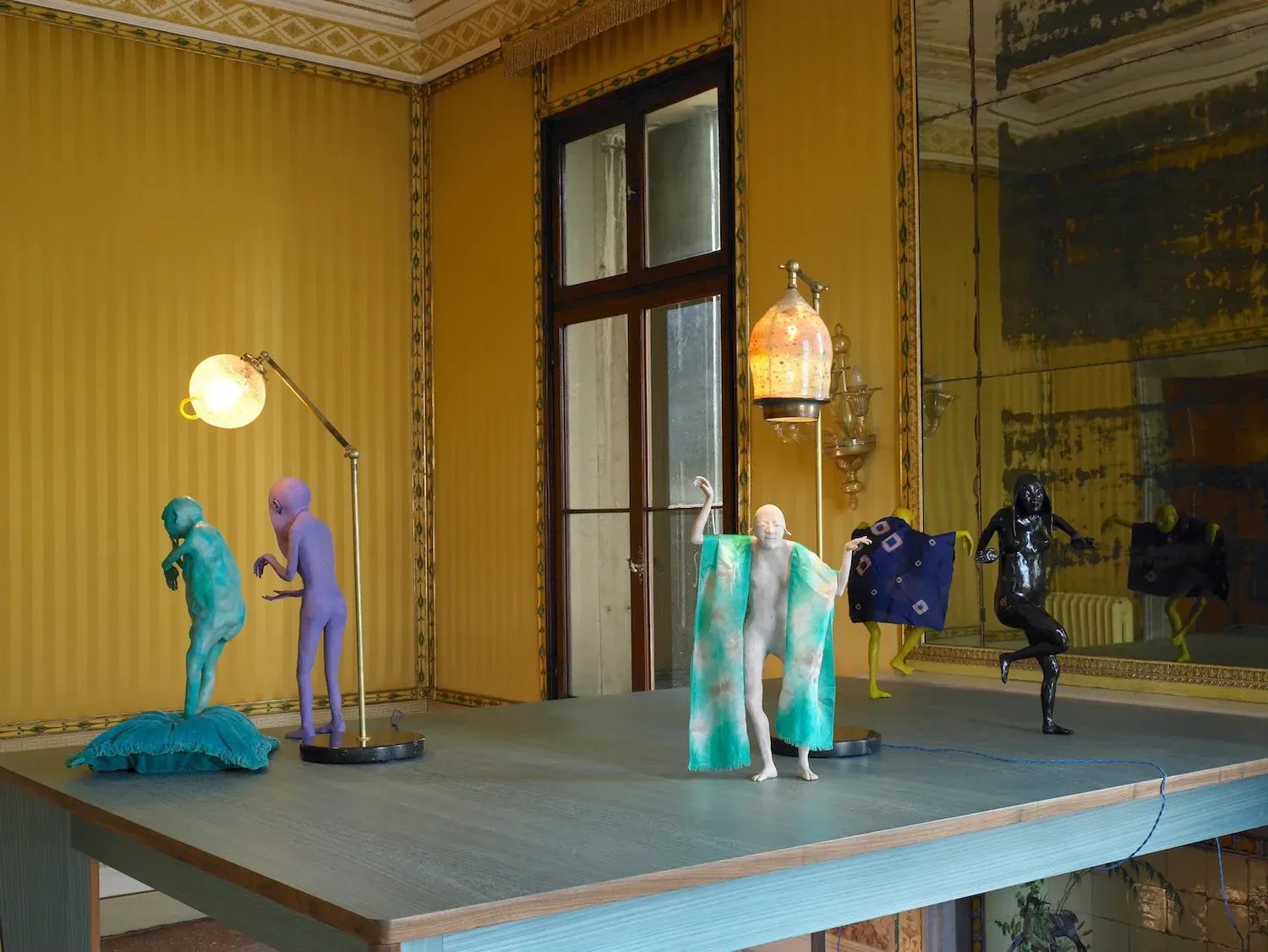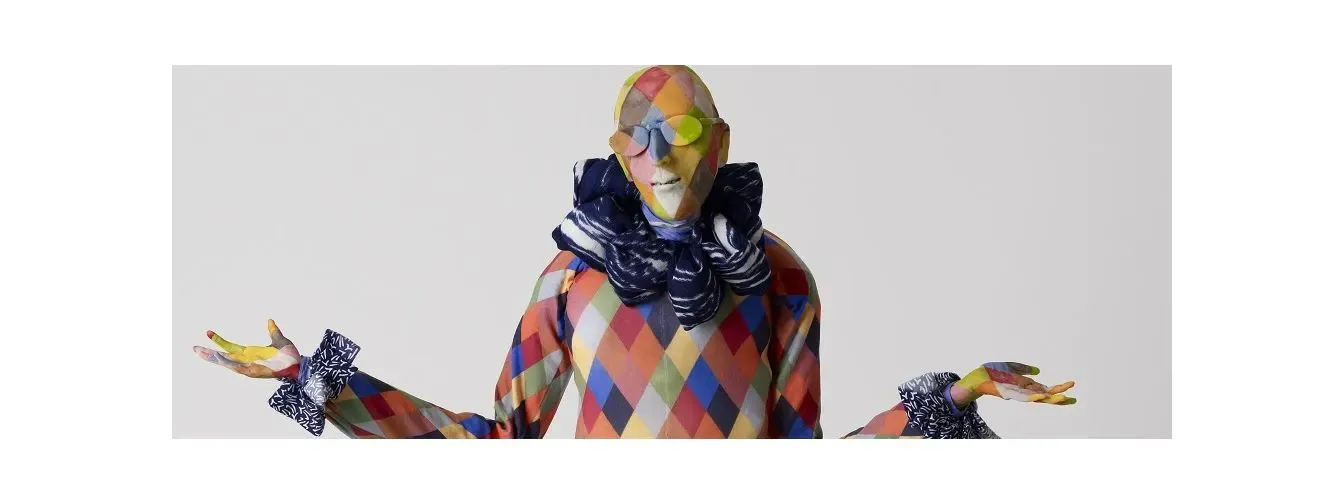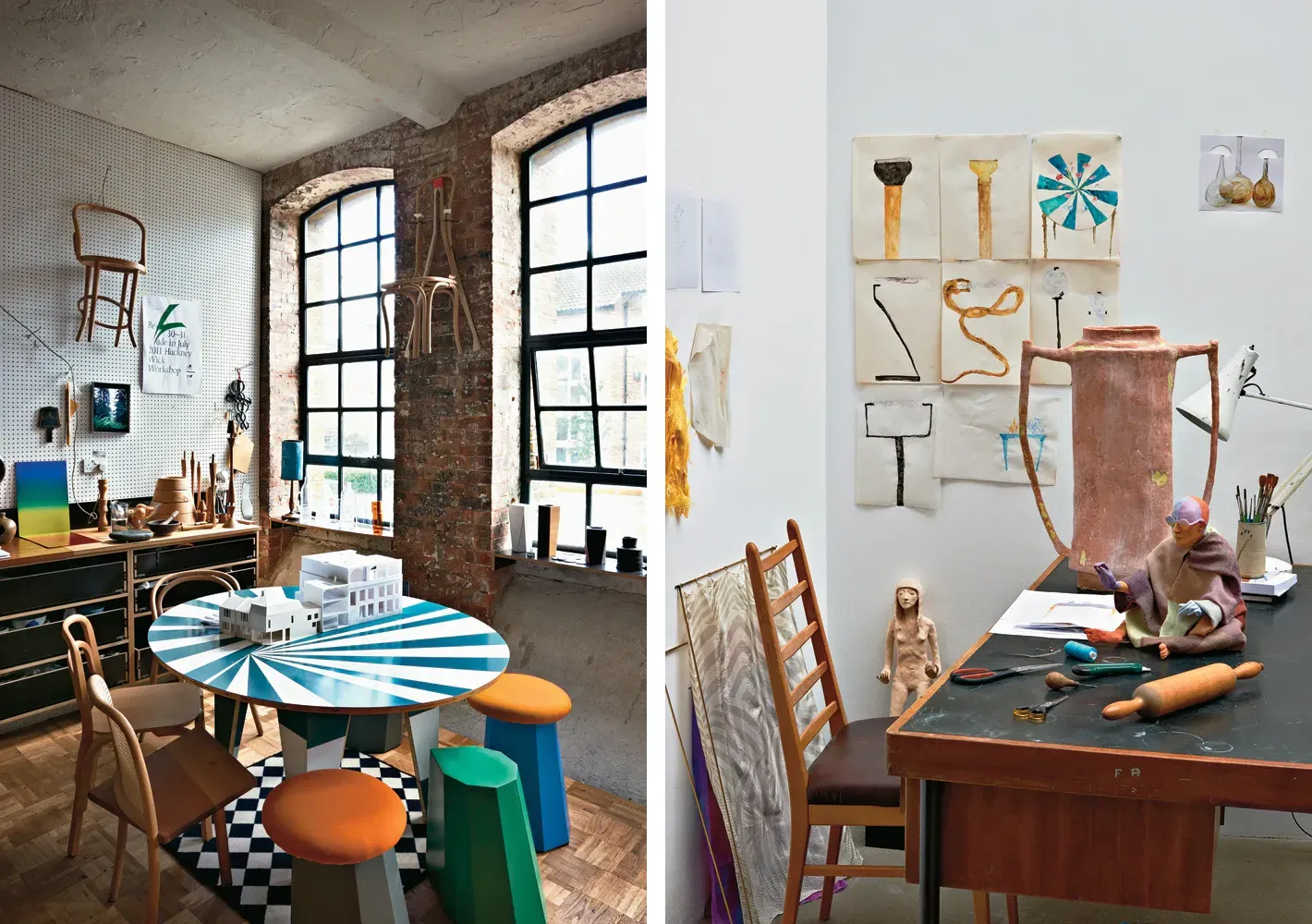The Colours of Francis Upritchard
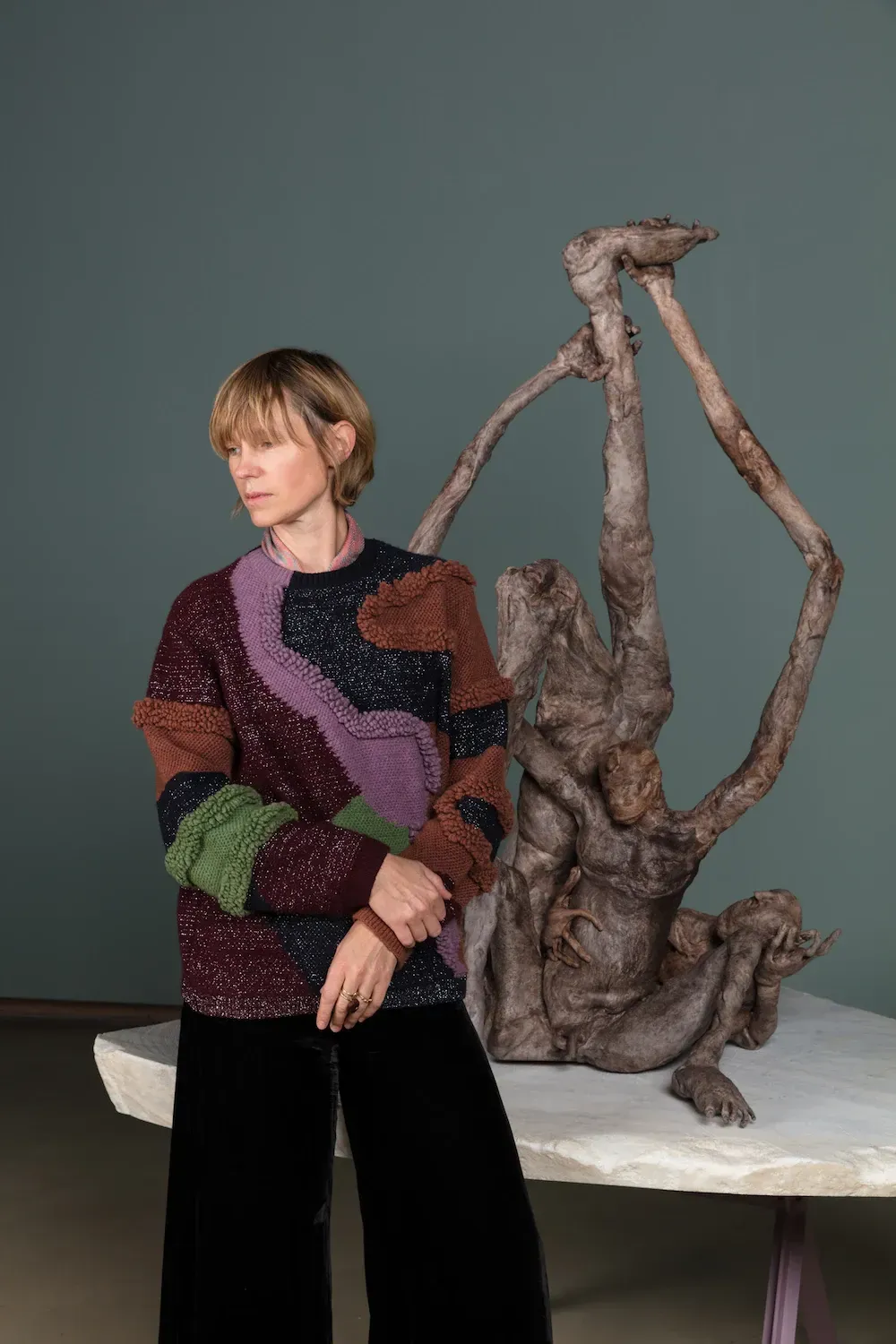
Artist Francis Upritchard’s London life has centred around East London since she arrived fresh out of art school in 1998. The Big Idea met her at her Hackney Central studio. It’s in this little corner of London where Upritchard first lived in squats, met some of her earliest collaborators and friends, and set up her own artist-run space. She names Dalston’s Ridley Road Market as “one of the most amazing places in the world”, and loves Hackney’s vibrant diversity.
“It is so diverse here. I find that really exciting. Just having different people all living really closely together, and people are on the whole so sweet to each other and so tolerant and helpful.”
Inside her studio, pieces of her own work are dotted throughout, and work by artists friends are hung on the sparse walls. On the day of our interview, Upritchard’s assistant, Maddy, is working on a large sculpture of a hand covered in shaggy green wool. Its pair was on display at the Barbican’s Curve Gallery as part of Upritchard’s recent exhibition, Wetwang Slack. The exhibition was commissioned specifically for the space, which is shaped as its name suggests and can be tricky for artists to navigate. Upritchard did it with ease, and her sculptures that exude life and energy filled the space.
“It is so diverse here. I find that really exciting"
Back in the studio, the workshop of her husband, furniture designer Martino Gamper, is just behind hers, and the sound of hammering and saws travel through the walls as we chat and sip tea out of handmade mugs.
Tell me about your Barbican show?
[The gallery]’s this crazy shape and it’s 90m long and my works are quite small, so I knew that I really had to have a very strong structure to put work onto. I can make sculptures quite easily and sculptures are not the hard things for me, it’s always the structure. So I spent quite a few months just working on the structure of the show.
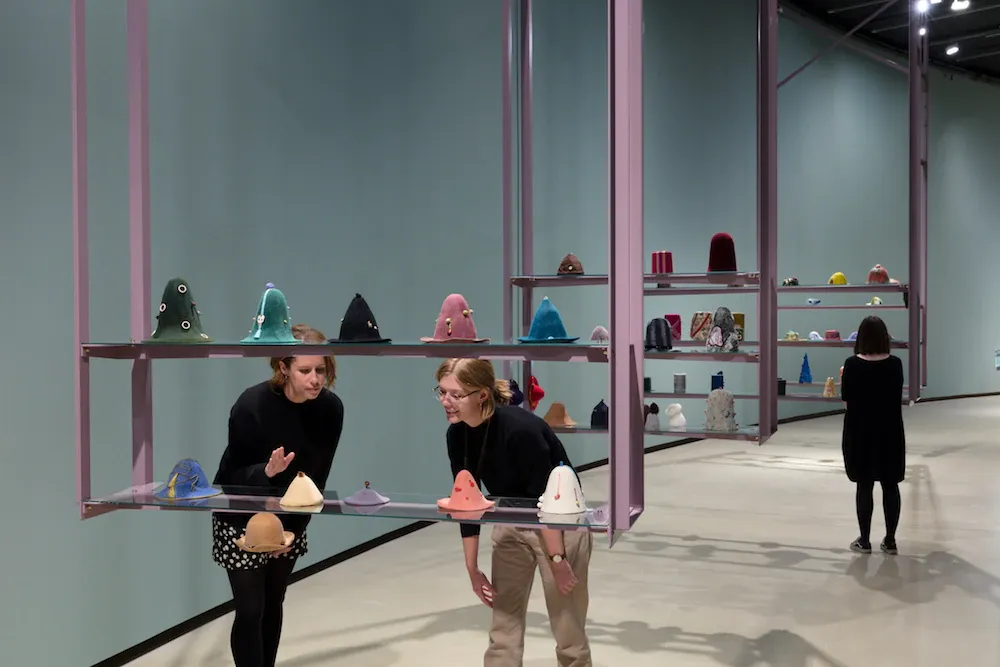
At first I thought of it like a rainbow, so I could have layers of colour that worked through the space, but it was way too complicated and also I like to make sculptures that sit in the middle of a space, and that is too narrow for that idea. So instead I started seeing it like a bent spectrum of light that started very colourful at one end and lost colour at the other.
I love that with that space you don’t have to divide it in any way but you still feel like you’re in these different zones because the wall itself hides the previous works from you, or the works that are coming.
I also knew I wanted to work with that rubber material (balata) from Brazil, so I ordered a whole lot of it. It takes a very long time to get it. The process of harvesting the rubber and of just shipping the rubber outside of Brazil is so slow. So I ordered 100kg of it two years ago, as soon as I knew I had the show. Then I got it about a year later.
How have you felt about the response to the show?
It was amazing. I’ve never had a response like this before. London is now pretty much my hometown and I’ve done other big museum shows in other parts of the world but this was the first time here and I’m blown away actually.
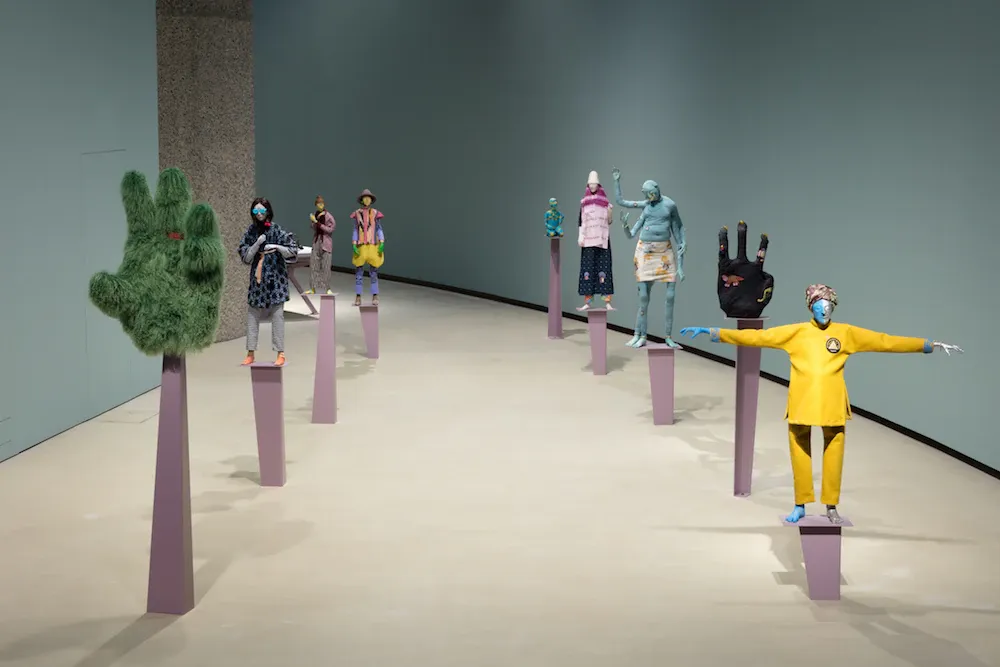
What was it like when you first got to London?
I didn’t know many people here. I came with a boyfriend but we didn’t travel well together so that didn’t last very long. I knew a few people, most of them New Zealanders, but I really wanted to meet other people and I also didn’t want to go to art school. At the time Goldsmith’s was this really big art school that was pumping out a whole lot of interesting people, but they were all interesting in a similar way and I didn’t want to be a part of that scene. I came here and realised I had this idiosyncratic way of working, which is good because that means I have this different voice and doing a masters does kind of sometimes rip it out of you a bit. I also had no money. It was expensive.
"I also didn’t want to go to art school... they were all interesting in a similar way and I didn’t want to be a part of that scene"
What were you doing for work?
I worked as a cleaner and worked for a little magazine on internet governance, which was already a very interesting topic and just doing couch surfing, cat sitting… really living quite precariously, but it was really fun. Then I moved around the corner here with my husband-to-be. We got married so I could stay in the country, then when that fell apart (because it does when you get married at 21), I moved into a squat and that was the beginning of six years of squatting for me. That changed everything because it made London suddenly affordable and I had space to work in.
What was squatting like?
The first [squat] was just around the corner here. It was this old warehouse, it was really big. The door was open, so I just went in. My husband at the time knew about the squatting laws because he had squatted in the past, and if it’s open so you’re free to use it. So I went in, looked around and obviously a lot of people had been using it to party in, but I just bought a really crappy little lock and I thought I’d leave it there for a couple of weeks and see what happens. No one messed with it, so my friends and I said, ‘okay let’s do a show together here’. So we cleaned it up, it was disgusting. Then after doing a number of shows there I thought, ‘I’m not going to live with my husband anymore and I’m going to move upstairs into the little office’, and slept there as well. It was great because it had so much room.
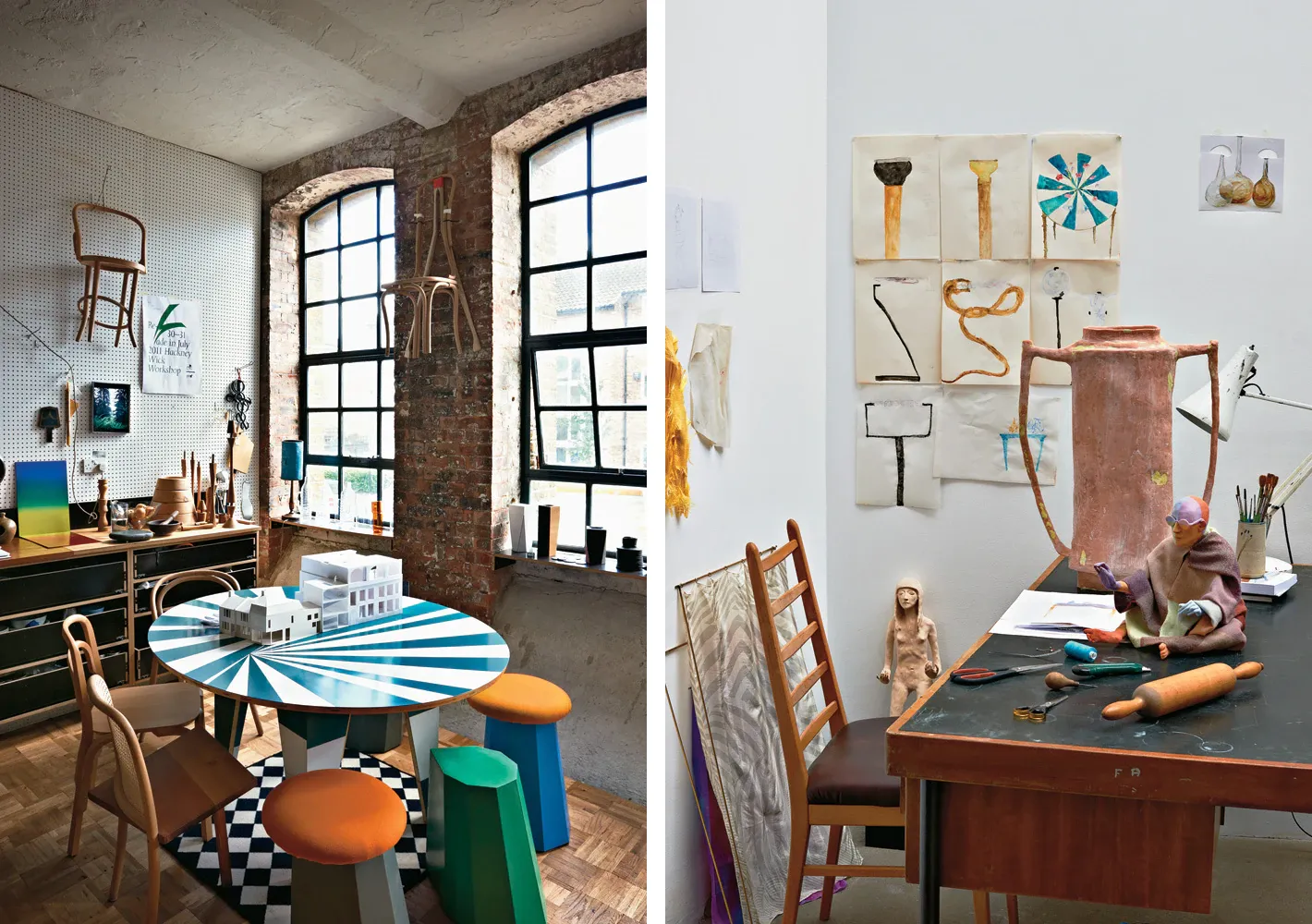
How did you start forming your own community here?
My friend Luke Gottelier had been to art school in Norwich and he had a really interesting group of friends who I was starting to meet through him. We met at a friend’s dinner party and we realised we lived nearby and started talking about food and realised we were both artists. We wanted to do a show together but no one wanted to show our work. We had been talking to a few of the smaller galleries around and we thought, ‘okay we’ll just have to find the space ourselves’, which from a New Zealand perspective is pretty normal anyway. The squat was way too big for the two of us, it was absolutely massive.
"We wanted to do a show together but no one wanted to show our work...we thought, ‘okay we’ll just have to find the space ourselves’, which from a New Zealand perspective is pretty normal anyway"
I had this amazing neighbour down the road called Mick Mee, who was an outsider artist. He is an elderly gentleman whose wife had died in the local hospice and he would dress up as a cowboy and stand outside the Marks and Spencers trying to get money for the hospice, because he loved them so much because they were so great with his wife. He had this Cowboy Street thing, which is a garage around the corner, which he had dressed as a cowboy street with found sculptures and weird objects that he made and it was amazing. So we said if we gave a donation to St Joseph’s Hospice could we show some of his works, and he said yes. We called that squat the Bart Wells Institute and Bart was the name of his gang. So that was the start of my community here.
What opportunities came your way as a result of the Venice Biennale?
After doing the Venice Biennale in 2009 where I represented New Zealand, I didn’t really realise how important it was, because so many of my interesting shows came from that. Cincinnati Art Centre, Momoka in Japan, Nottingham Contemporary… all of the curators said they first saw my work there. And still, to this day the curators at Barbican said that was something they saw and they were interested in and kept an eye on my work.
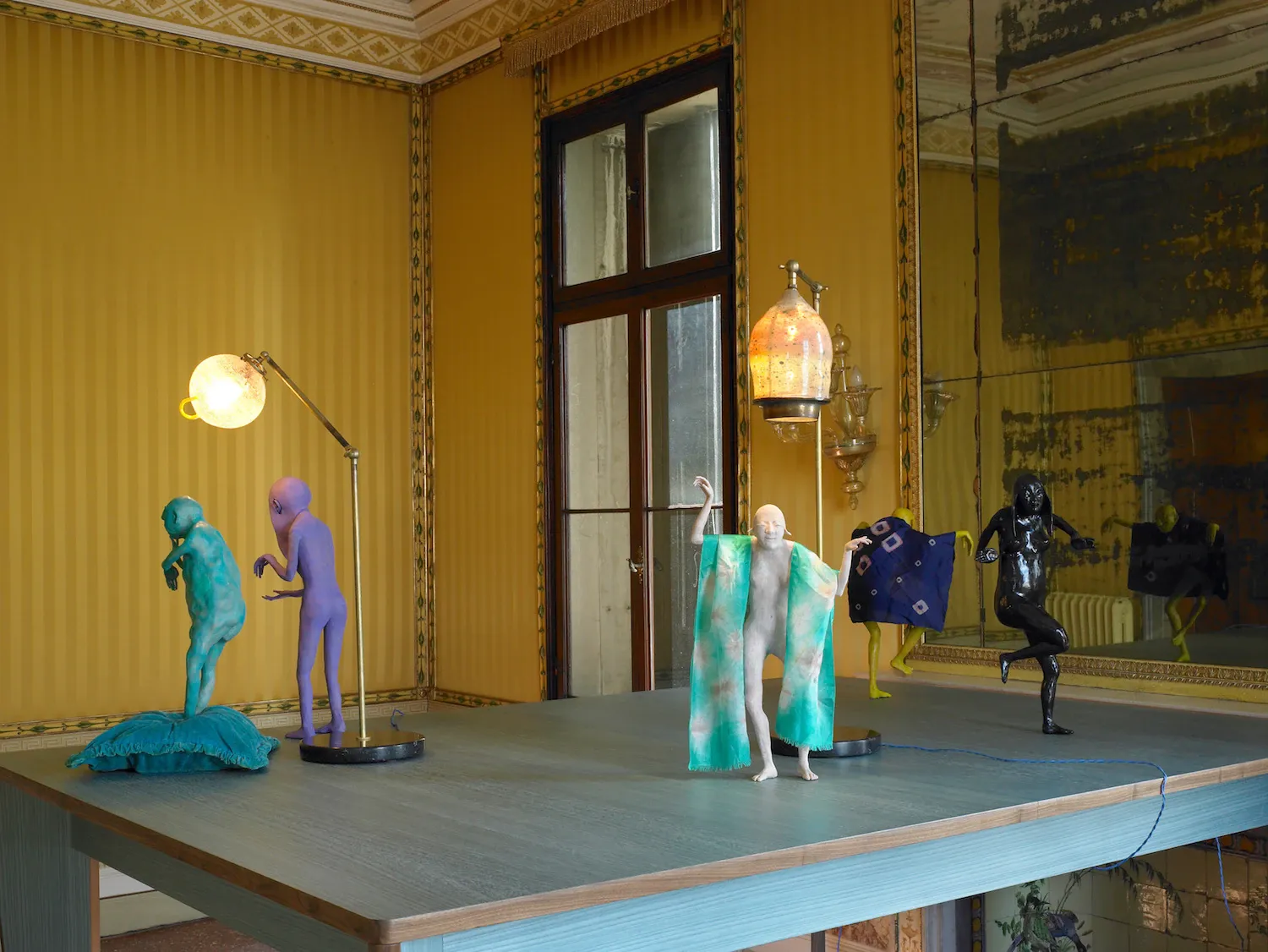
What has living in London allowed you to do that you can’t do in New Zealand?
I can see so many shows here. Every day there are a million different art shows of really high calibre and for me exhibition design is very important too, so I can really see how something is lit, how something is hung. It’s all very well looking online and seeing some photos or reading a review in a magazine but really being in the space and seeing those details is super, super important to me.
"Doing the Venice Biennale in 2009...I didn’t really realise how important it was...all of the curators said they first saw my work there"
I met my husband Martino here and he’s an Italian furniture designer, so we share a library and I have access to all of these amazing books about Italian post-war design. It’s a whole new lot of information. And I travel a lot into Europe from here.
How does New Zealand inform or influence your work?
It is in the way I make things. In New Zealand I really learned to make. I can use a saw. You know, New Zealanders can usually paint, put up a wall in their house… It’s really handy to be able to make and to be able to sew and want to be hands on and want to be able to look at lots of different aspects. I’m all over every part of the show, and that’s the New Zealand trait I think.
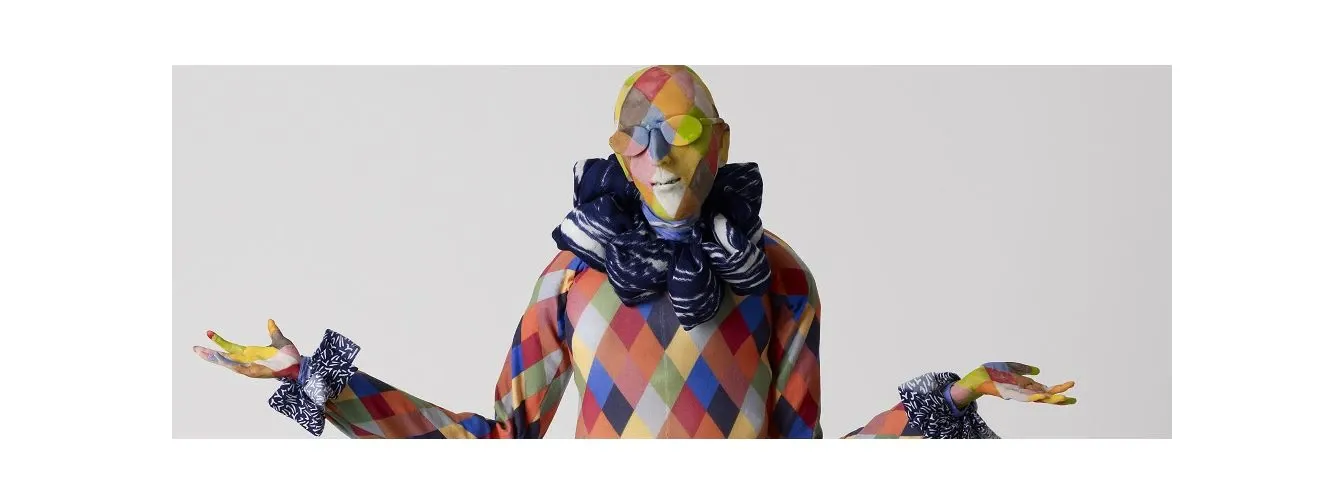
You spend two or three months every year back in New Zealand. What do you do when you’re there?
I usually work a bit. I do quite a bit of potting, because here the potting is not so natural. Here I can’t actually find a gas kiln in London and I really like reduction firings. I know a lot of amazing throwers in New Zealand and I haven’t really met anyone that can help me here. I like brown pottery, which is a really New Zealand thing.
We’ve got so many friends that we really want to see, so we move around a lot. This year I really want to go to Blenheim, there’s a potter there I really want to go meet.
What advice do you have for artists who are considering the move to London?
Well, some un-advice I have is I feel like I was really lucky when I went to art school that no one wanted to be a professional artist. I just wanted to be an artist and didn’t really know how that was going to work and I think having very commercial aspirations is not a good idea because who knows where that will lead you. If you want to make money, go and be a banker or something. There are better ways. You can be really lucky, but I feel really lucky in that I had no expectations in that way.
"Have fun, meet lots of people, go and see a lot of shows...you learn so much even from bad shows"
I would say …. have fun, meet lots of people, go and see a lot of shows. One of my favourite artists is Wolfgang Tillmans and he goes to so many shows. Whenever we did Bart Wells shows, he would come to every one of them. I always see him at galleries. And you learn so much even from bad shows.
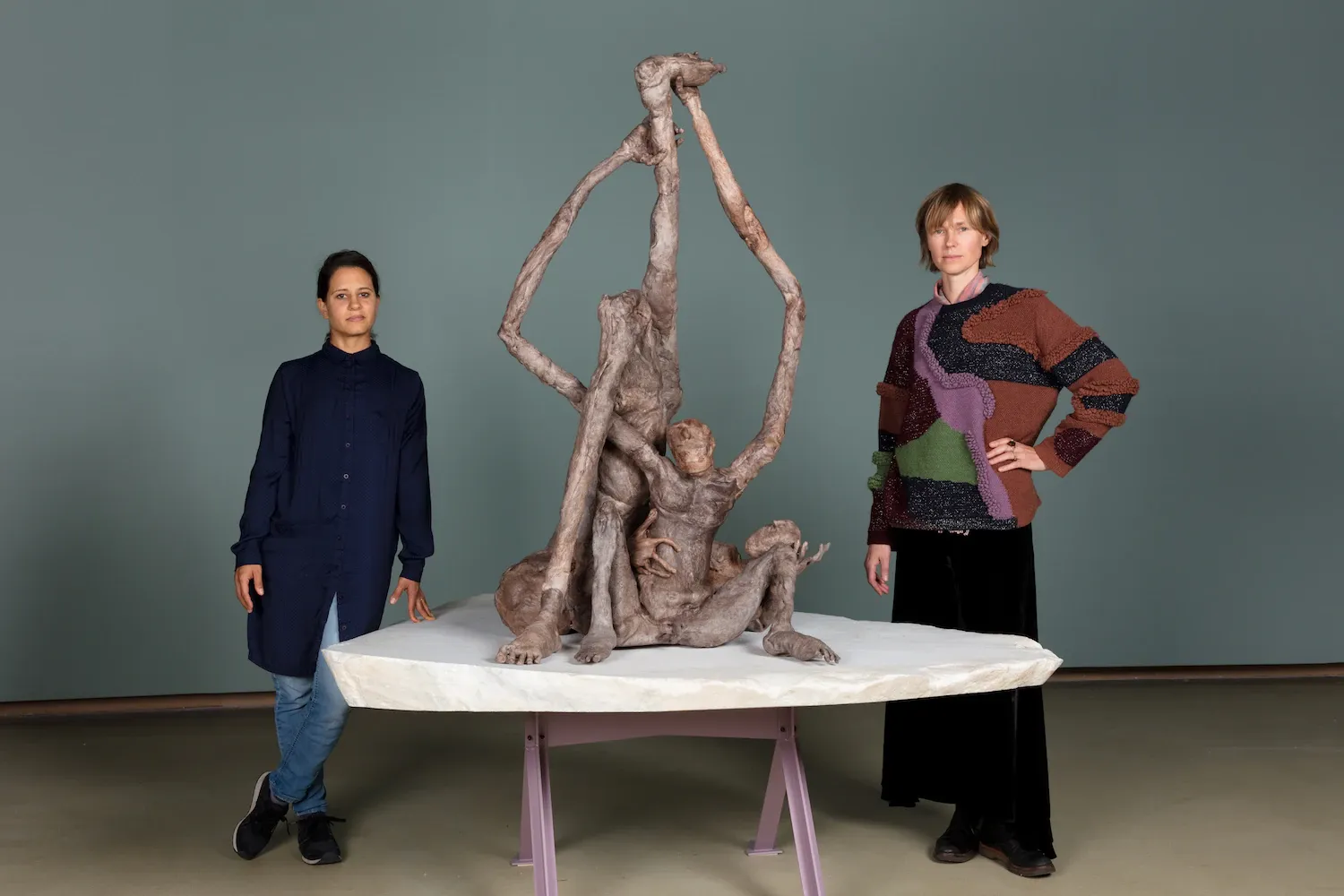
This interview has been lightly edited and condensed for clarity and brevity
